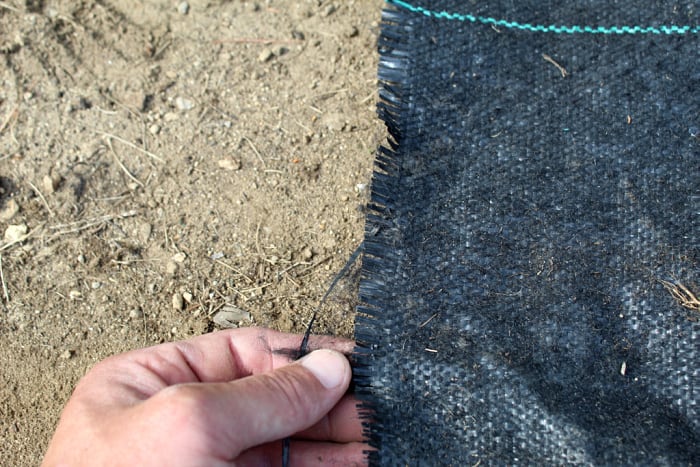
Non-Woven Industry DevelopmentNon-woven fabric is a material that was born from the petrochemical industry after the development of plastic cloth (film). It is less heavy than plastic fabrics and has more air circulation. It is commonly employed in medical, sanitary, and filtering products, as well as in engineering applications such sanitary napkins, facial towels and filters. Non-woven fabrics are used to protect vegetables from damage caused by cold. Non-woven fabrics are produced differently from plastic film. However, the primary ingredients used in their production are almost identical. This is the case with polyvinyl chloride (PVC), PE (polyethylene), EVA copolymer (Ethylene Vinyl Acetate), PVA/polyvinyl alcoholand many more. Traditional plastic film is formed into a thin film by melting the plastic and then inflating it. The film is continuous. It can be stretched for a long time. The film does not have pores. It is a completely impermeable surface that hinders the movement and exchange any molecules. After the growth of the textile industry, artificial chemical fibres made from the above-mentioned ingredients became the new darlings of the industry of textiles. These chemical fibers can still be transformed into cloth by traditional weaving techniques like warp and weft. Instead of traditional warp weaving and weft techniques non-woven materials are created by interweaving fibers that originate from various directions. When compared to traditional woven fabric the material has superior characteristics, and the production process is able to go from the raw material to final items in one go. It is less expensive than traditional weaving, which requires drawing fibers into yarn and then weaving. Non-woven textiles have been extensively used in the apparel industry in recent years. In recent years, due to advancements in material science as well as the advancement of manufacturing technology, non-woven fabrics have become more diverse and utilized in greater and greater quantities. Diverse materials and products can be seen everywhere throughout our lives. The rise in non-woven fabric use in agriculture is due to its lightness, ease-of-production, diversity, cost effectiveness, and broad range of applications. Follow this non woven landscape fabric for more information.

Applications of Non-Woven Fabrics in the Agricultural IndustryNon-woven fabrics were first used in agriculture in Europe in 1978, to keep the carrots warm during early harvesting and to protect tomato leaf viruses and whiteflies. Non-woven fabric is used in the United States for the mulching and protection of sweet peppers, tomatoes. carrots, root vegetables such as carrots. Radishes. The cabbage. lettuce. It is used to preserve temperatures, facilitate early harvesting and also to combat insects. Non-woven fabrics are typically employed as covers for surfaces, such as grass-proof mats. Short fiber is also utilized to produce water absorbent blankets that are affixed to nursery beds to allow the roots to completely absorb water. They can also serve as the bottom medium in turf production. They are utilized to plant large woody trees such as garden trees and fruit trees. In Taiwan along with the above-mentioned functions, non-woven fabrics are used in crop covering. They also serve as the control of the environment in large greenhouses to reduce energy consumption. Canopy curtains and double-layered cover reduce heat dissipation and radiation at night. High-density spun-bonded non-woven TAVIK fabrics were utilized in the beginning to shade and protect cauliflower bulbs. Its superior shading capacity, low thermal conductivity and ease of recyclability made it a popular choice for farmers. It was eventually employed to keep leaf vegetables safe from insects and shade the trees and fruit trees. Because of Taiwan's unique ecosystem and climate and climate, the growth of the nonwoven industry is slow. Taiwan's non-woven fabric makers continue to develop non-woven technologies. Their main focus is water absorption and air permeability as well as water repellency. To use it in the preservation and storage of agricultural goods, it has intensified its research capabilities and hopes to expand the range of uses. See this agriculture non woven fabric manufacturer for advice.
